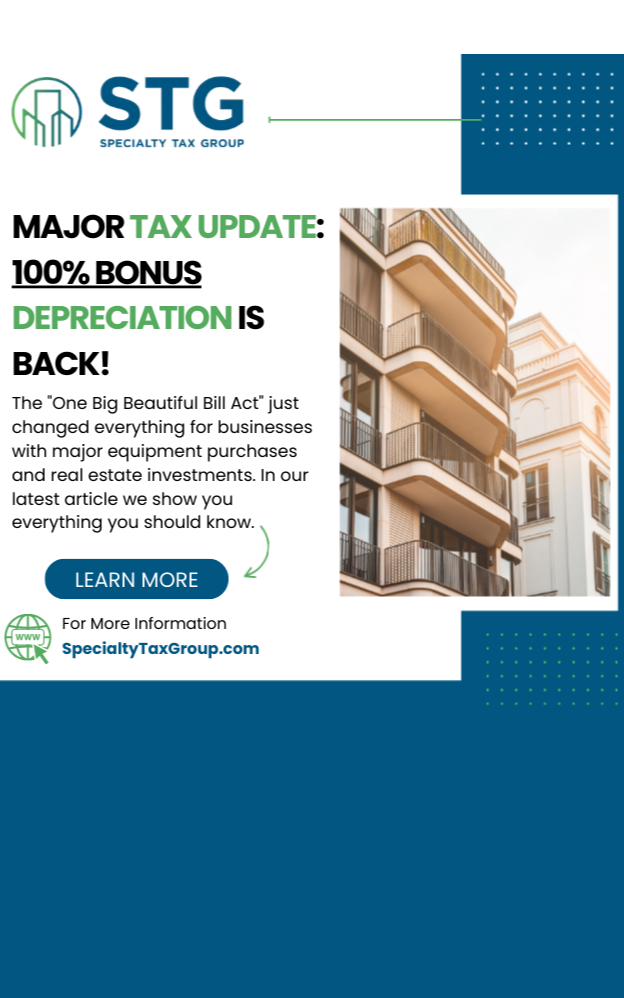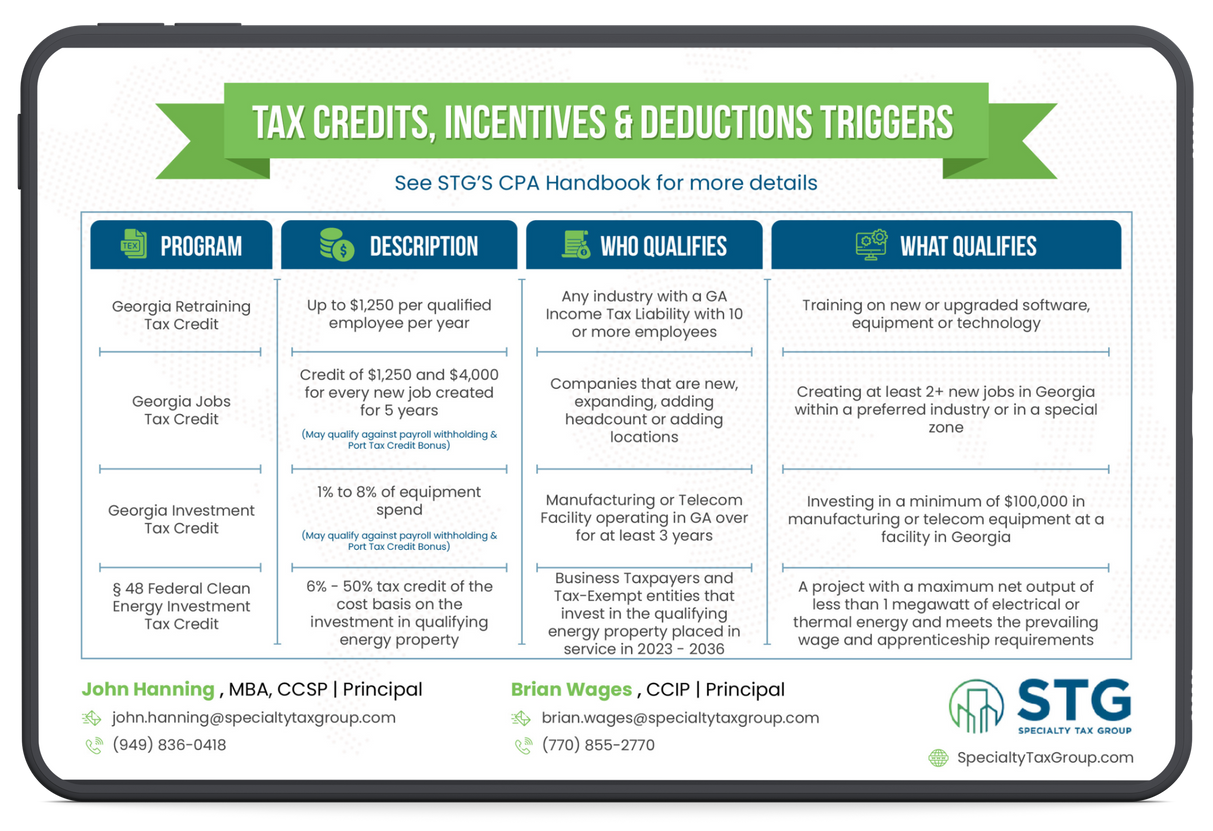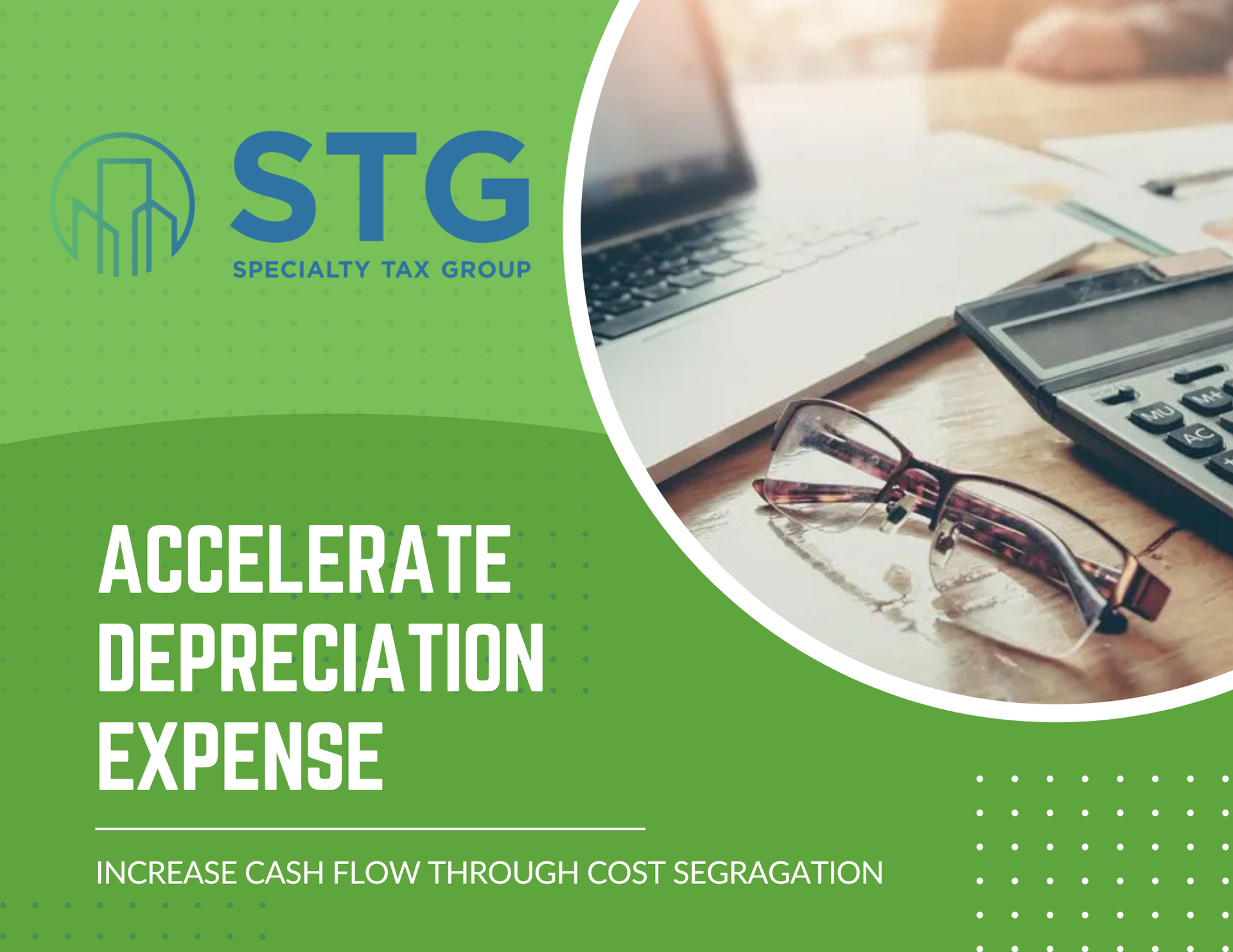This blog post has been researched, edited, and approved by John Hanning and Brian Wages. Join our newsletter below.

Cost Segregation has undoubtedly developed over the last 10 years as tax law and court cases transform the way companies use this strategy to reduce their current year’s tax burden. Cost Segregation is a study performed by qualified engineers who are knowledgeable of both the construction process and tax laws involving property classifications for depreciation purposes.
They use this knowledge to split capital improvements into different asset class categories to provide the appropriate tax recovery period for each asset. This allows owners to benefit from the accelerated depreciation for many building components. Cost segregation can be done for any property built or acquired after 1987.
The AmeriSouth case is one of several defining cases of how cost segregation is navigated for taxpayers. It explored the extent of the allowable cost segregation in a depreciable rental real estate that went to tax court.
The Background of the AmeriSouth Case
In 2003, AmeriSouth purchased an apartment building for $10.25 million. After the purchase, AmeriSouth used a cost segregation survey in an attempt to break down a single apartment building into over 1,000 assets. The assets were classified across several categories of short-life depreciable assets over 5 to 15 years instead of using the modified accelerated cost recovery system or MACRS stand of 27.5 years applicable to rental real estate. With this cost segregation method, AmeriSouth deducted over $3 million for depreciation from 2003 to 2005.
The IRS initiated an audit under TEFRA and subsequently reviewed the cost segregation study and disagreed with many items listed. Due to the IRS audit, AmeriSouth was denied $1,079,751 in those deductions. The case ended up in tax court to dispute the items and further argue that AmeriSouth was attempting to depreciate assets it did not own.
In the case of AmeriSouth, the Tax Court defined structural components differently than it had in previous cases. The AmeriSouth case held that each asset is a structural component when it is integral to the operation and maintenance of the real estate building. In previous cases, a component would be structural if it was essential to the generic shell building.
Once the case had reached the tax court, AmeriSouth stopped responding to communications from the court, their attorneys, and the IRS. The court, at that point, allowed the attorneys to withdraw from the case, leaving AmeriSouth to defend themselves. Instead of dismissing the case entirely, it deemed any factual matters not contested to be conceded by AmeriSouth. The court sided with the IRS for most of the items listed, holding that the components were indeed structural components and subjected to the 27.5-year depreciation value.
How the AmeriSouth Case Impacted Cost Segregation
In this case, how the court defined the components of the building as structural if they were integral to the operation and maintenance of a specific piece of real estate changed the way cost segregation studies are drafted today. The amount of the depreciation deductible through the cost segregation process with this new definition is significantly reduced.
Taxpayers and purchasers should carefully document assets during cost segregation studies and consult with a tax professional to determine if components are not integral to the operation or maintenance of a piece of real estate. This can impact the potential depreciation recapture upon sale.
For example, the current maximum tax rate on ordinary income is 37% and the maximum rate on long-term capital gains is 20% as of 2024. The depreciation recapture rate for real property is capped at 25%. Any depreciation claimed over the real property's ACRS mid-point life of around 18 years would be subject to a maximum 25% tax rate upon sale, even if tax rates increase in the future.
Recent changes to the 1031 exchange rules under section 1031 of the Internal Revenue Code limit the amount of capital gains that can be deferred in a 1031 exchange to $500,000 for single taxpayers and $1 million for married filing jointly. Any capital gains above these thresholds would be recognized in the year of sale. This provision impacts the potential depreciation recapture exposure when selling larger appreciated properties.
The understanding of cost segregation methodology has also evolved, allowing for more components to qualify for shorter recovery periods if adequately documented and supported. Current cost segregation studies maximize the opportunities to accelerate depreciation under the latest IRS guidelines and tax court rulings.
Any examples used to demonstrate depreciation recapture calculations should reflect the 2024 income tax brackets and rates to accurately represent the current tax environment.
2024 Tax Guide





